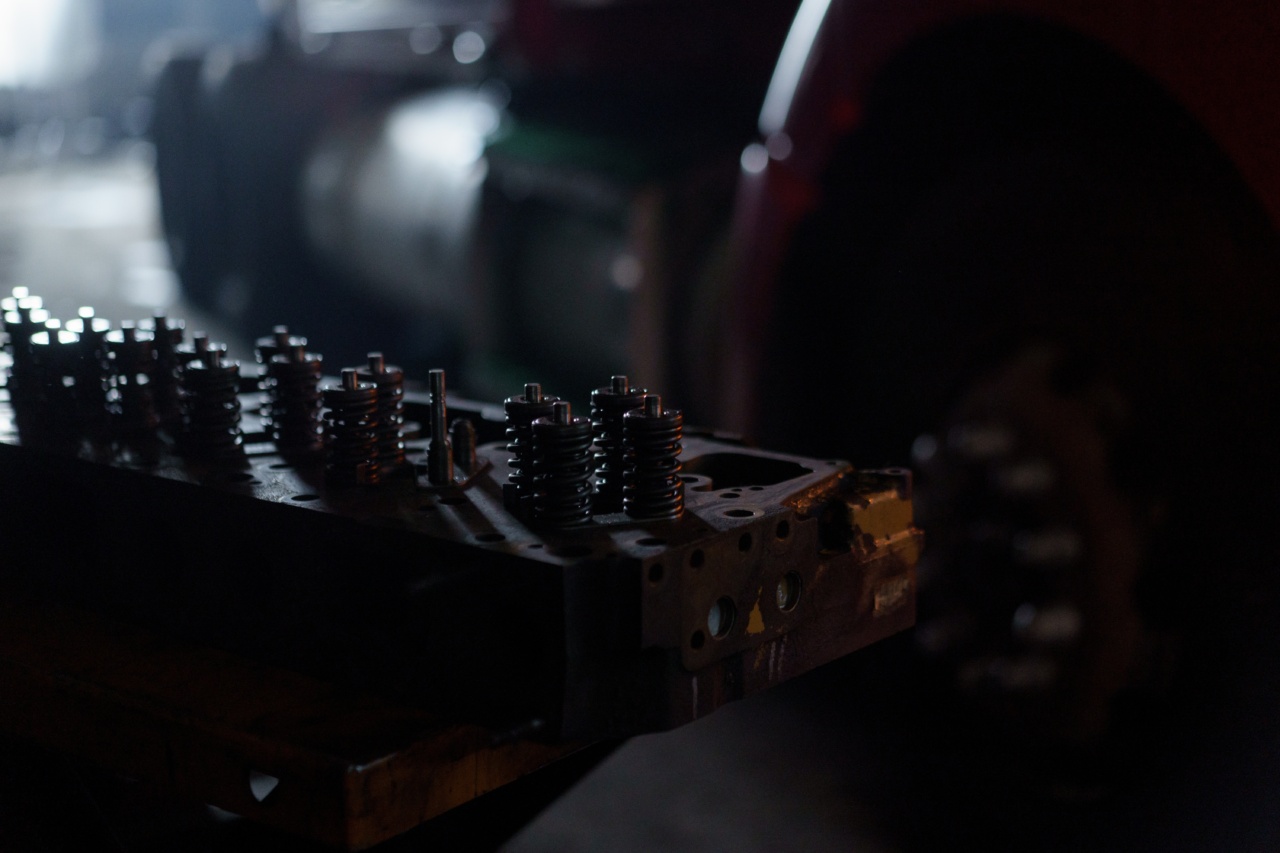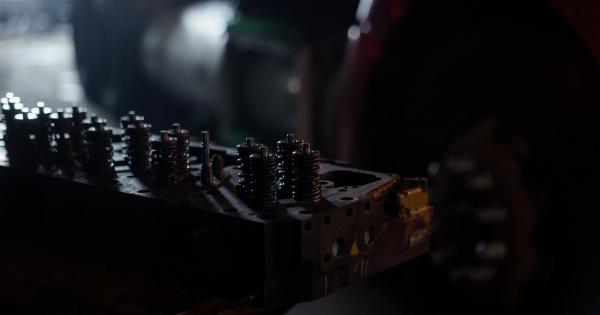The Mitral Valve is one of the four valves in our hearts that controls the blood flow. A problem in the Mitral valve can cause serious heart problems. In some cases, Mitral Valve Replacement surgery might be the only option.
However, many people prefer to avoid surgery if possible because it’s invasive and requires a long recovery time.
Metropolitan Hospital has developed a new, cutting-edge Mitral Valve Repair method that significantly reduces the risk of surgery.
The hospital’s team of experts has been working on this innovative technique for many years, and it has now become available to patients.
The Traditional Mitral Valve Treatment Methods
The traditional method of treating Mitral Valve problems is open-heart surgery. The surgeon makes a large incision in the chest, stops the heart, removes the diseased Mitral Valve, and replaces it with a mechanical one.
This procedure requires a lengthy hospital stay and has a long recovery time.
Another procedure is Transcatheter Mitral Valve Repair (TMVR). This involves the insertion of a catheter into a blood vessel in the groin or leg that is directed towards the heart.
Once the catheter reaches the heart, a small clip is attached to the valve leaflets to repair the valve. TMVR is less invasive than traditional surgery, but it still carries certain risks.
The Revolutionary Mitral Valve Repair Method at Metropolitan Hospital
Metropolitan Hospital’s newly developed method uses a technique called Mitral Valve Repair with Neochordae. Instead of replacing the entire Valve, the surgeon places a few small, artificial chords onto the diseased valve to reinforce it.
The chords mimic the natural cords in the heart and provide stability and strength to the Mitral Valve.
The procedure does not require stopping the heart or opening the chest. Instead, a small incision is made on the side of the chest, and the surgeon accesses the heart using a thoracoscope, a long, thin tube with a camera attached to it.
Using the camera to guide them, the surgeon can insert the cords through the small incision and attach them to the valve’s leaflets.
Advantages of the Neochordae Mitral Valve Repair Method
There are several significant advantages to the Neochordae Mitral Valve Repair method over traditional surgery or TMVR, including:.
- Minimal recovery time: The procedure is minimally invasive and requires only a small incision, so patient recovery time is significantly faster.
- Short hospital stay: Patients usually spend only a few days in the hospital and can return to their regular daily activities much sooner.
- Low risk: The technique is much less risky than traditional surgery because it doesn’t require stopping the heart or opening the chest.
- Less painful: Neochordae Mitral Valve Repair method is a minimally invasive technique that causes less pain than traditional surgery methods.
- Lower cost: The procedure is much cheaper than traditional Mitral Valve Replacement surgery.
- No General Anesthesia Required: Patients do not require general anesthesia and are awake during the whole procedure.
Eligibility for Neochordae Mitral Valve Repair
The newly developed Mitral Valve Repair method is not suitable for everyone. The determinants of candidacy depend on the individual and the extent and nature of Mitral Valve damage.
However, most patients who seek treatment for Mitral Valve dysfunction are eligible for this less invasive procedure.
The hospital’s cardiology experts evaluate each patient’s condition to determine their eligibility for the procedure. The patient’s overall health also plays a role in eligibility.
The Outcome
The outcome of the Neochordae Mitral Valve Repair method is promising, with the majority of patients experiencing improved blood flow and reduced valve disease symptoms after the procedure.
Patients who undergo the procedure also report a faster recovery time with less pain and fewer complications.
The Bottom Line
The new Mitral Valve Repair with Neochordae procedure at Metropolitan Hospital is a game-changer in the field of cardiology.
Patients with Mitral Valve dysfunction can now benefit from this minimally invasive, less risky, and more affordable procedure, with a shorter recovery time. Patients who previously put off Mitral Valve treatment or were deemed too high-risk for Mitral Valve Replacement surgery now have another viable option.



























